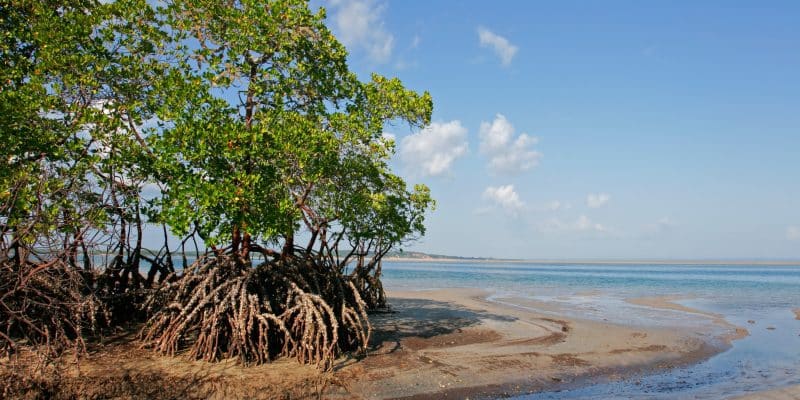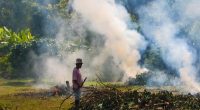The Food and Agriculture Organization of the United Nations (FAO) has just released the results of several studies on mangrove forests in West Africa. The results show that Ivory Coast has lost its mangrove forest, the equivalent of 18,000 football fields. The main cause is the smoking of fish.
Smoked fish is very important in Ivory Coast, accounting for 65% (or 1 million kilograms) of all traded fish products, according to studies by the Food and Agriculture Organisation (FAO). According to the same source, fish smoking is mainly carried out by women in coastal fishing communities. This activity is a source of employment, providing 240,000 indirect jobs for women.
Nevertheless, this demand and dependence on fish smoking contributes to the degradation and disappearance of mangrove forests, not to mention the health risks associated with exposure to smoke. Indeed, the long branches and underwater roots of mangroves are cut and used as fuel in makeshift ovens. The colourful and durable red mangrove wood gives the fish a golden appearance and a smoky, pungent taste.
As a result, the area of mangroves in Ivory Coast, located mainly along the southern coast, has shrunk from about 20,000 hectares in 1990 to about 10,000 hectares today, a loss equivalent to 18,000 football fields, placed back to back.
The FAO IPC-AO project
The data on the regression of mangroves in Ivory Coast was presented in Niega in the department of Sassandra in the south of the country, by the FAO through the West Africa Coastal Fisheries Initiative (IPC-AO). This was on the occasion of the 2022 edition of the International Day for the Conservation of the Mangrove Ecosystem.
Read also-MOZAMBIQUE: Maputo and Blue Forest to restore 185,000 hectares of mangroves
The IPC-WA project is funded by the Global Environment Facility (GEF) and implemented in collaboration with the United Nations Environment Programme (UNEP) through the Abidjan Convention. Studies carried out by this project over the period 2000-2020 revealed that mangrove forests increased by 2.72% at the IPC-AO project sites in Senegal, while they decreased by 10% in Ivory Coast.
Boris Ngounou






